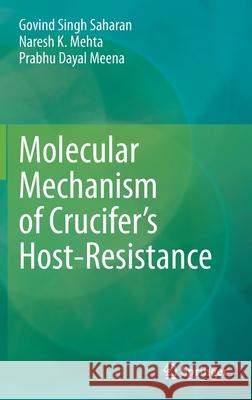Molecular Mechanism of Crucifer's Host-Resistance » książka
topmenu
Molecular Mechanism of Crucifer's Host-Resistance
ISBN-13: 9789811619731 / Angielski / Twarda / 2022 / 835 str.
Molecular Mechanism of Crucifer's Host-Resistance
ISBN-13: 9789811619731 / Angielski / Twarda / 2022 / 835 str.
cena 684,33
(netto: 651,74 VAT: 5%)
Najniższa cena z 30 dni: 655,41
(netto: 651,74 VAT: 5%)
Najniższa cena z 30 dni: 655,41
Termin realizacji zamówienia:
ok. 22 dni roboczych
Dostawa w 2026 r.
ok. 22 dni roboczych
Dostawa w 2026 r.
Darmowa dostawa!
Kategorie:
Kategorie BISAC:
Wydawca:
Springer
Język:
Angielski
ISBN-13:
9789811619731
Rok wydania:
2022
Wydanie:
2021
Ilość stron:
835
Waga:
1.30 kg
Wymiary:
23.39 x 15.6 x 4.29
Oprawa:
Twarda
Wolumenów:
01
Dodatkowe informacje:
Wydanie ilustrowane











